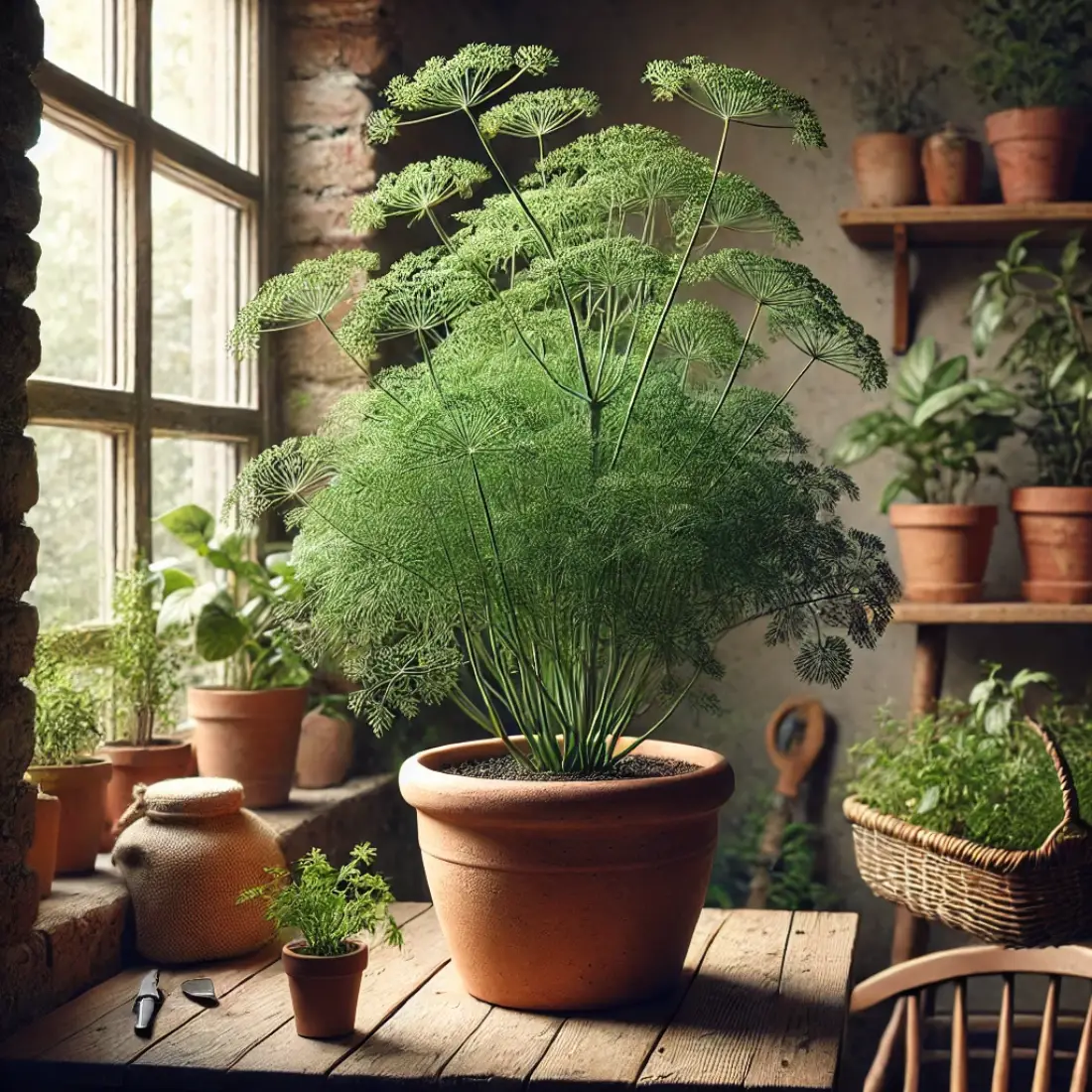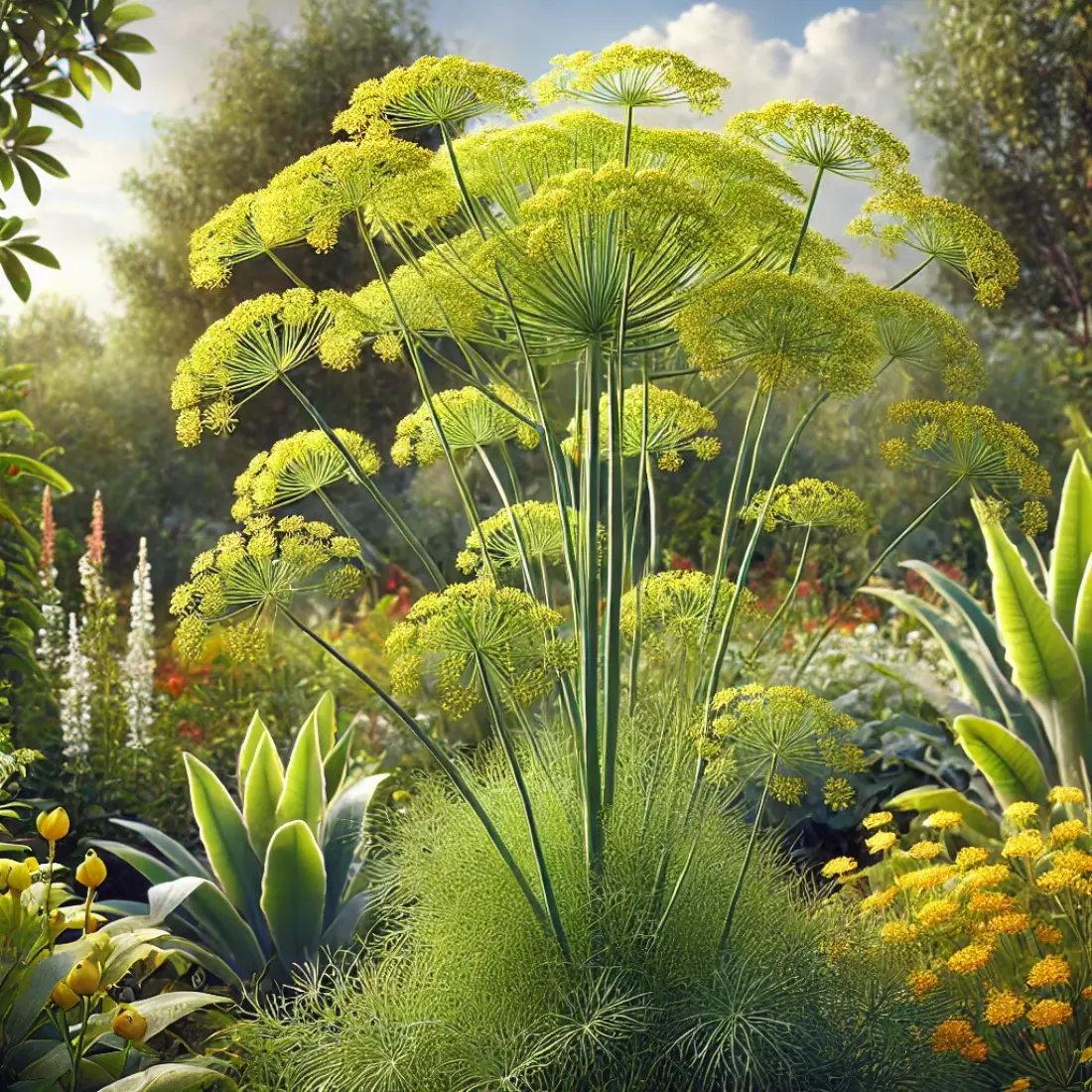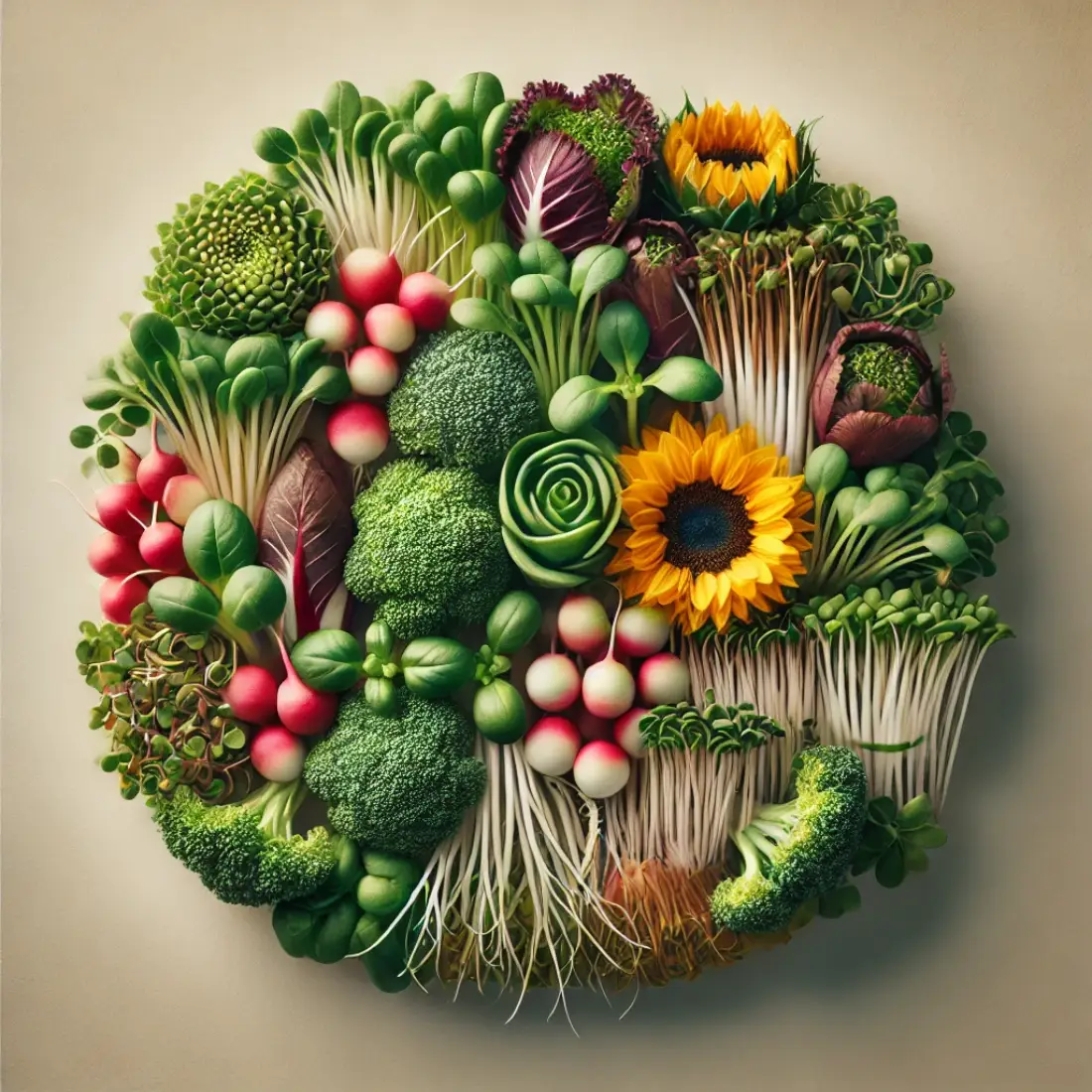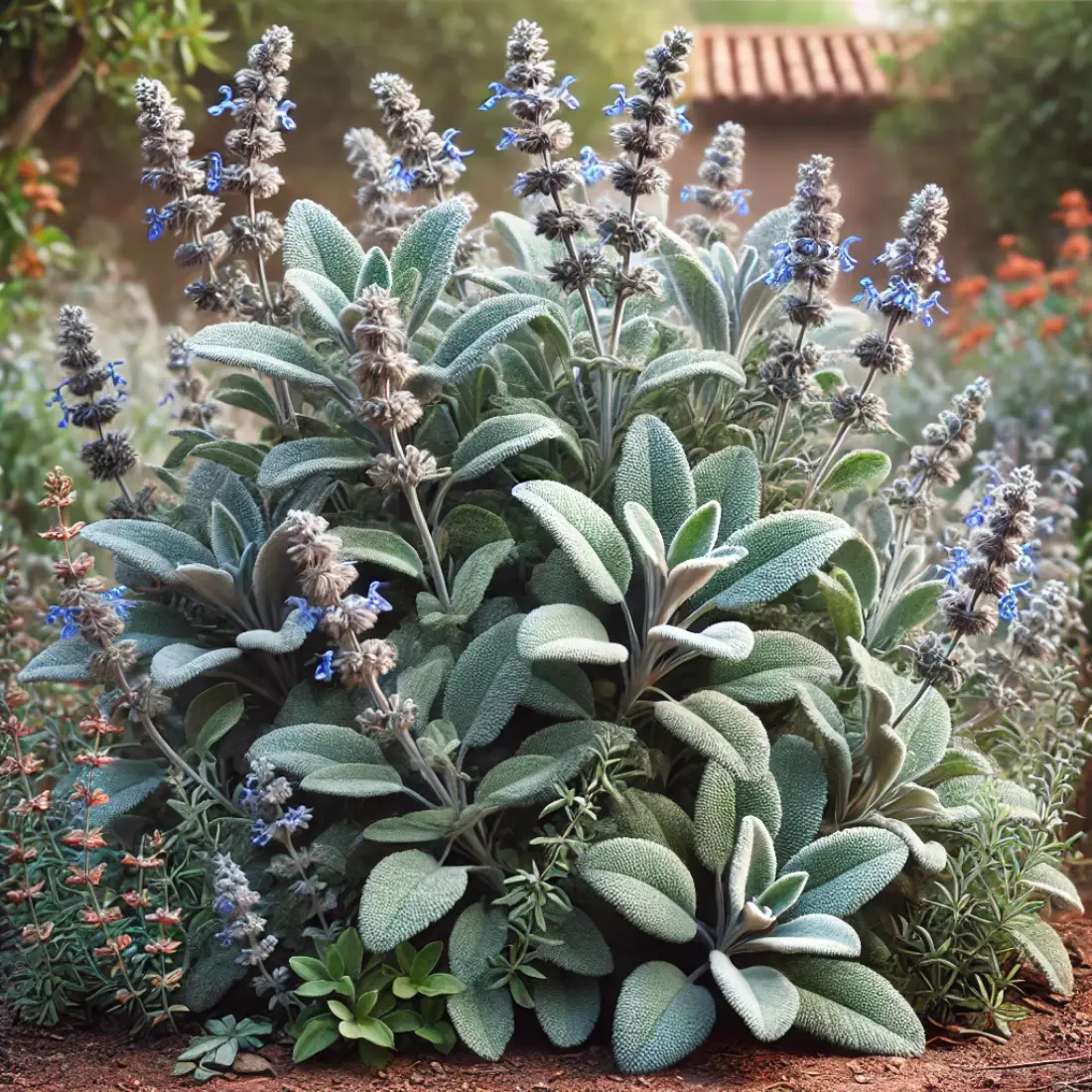Dill (Anethum graveolens) is an annual herb belonging to the celery family. It is characterized by its tall, slender stems and delicate, fern-like leaves. Dill can grow up to 3-4 feet in height and produces small yellow flowers that eventually form seeds.
Whether you are looking to enhance your culinary dishes or harness its medicinal properties, growing dill both indoors and outdoors ensures a fresh supply year-round.
- Dill is easy to grow both indoors and outdoors.
- Requires well-drained soil and plenty of sunlight.
- Regular watering and occasional fertilizing promote healthy growth.
- Dill can be grown from seeds or seedlings.
Growing Dill Indoors
Choosing the Right Container
Growing dill indoors starts with selecting the appropriate container. Dill has a deep root system, so a pot that is at least 12 inches deep and wide is ideal. Containers made of materials like clay, ceramic, or plastic work well, but ensure they have adequate drainage holes to prevent waterlogging, which can lead to root rot. Using a saucer underneath can help catch excess water but remember to empty it regularly.
Soil Preparation
Dill prefers well-draining soil with a mix that mimics its natural environment. A good quality potting mix combined with sand or perlite enhances drainage. Adding organic matter such as compost boosts soil fertility, providing essential nutrients for healthy growth. Aim for a slightly acidic to neutral pH (6.0 to 7.5) for optimal results. Before planting, moisten the soil slightly to help seeds settle and begin germination.

Planting Dill Seeds Indoors
- Soaking Seeds: For faster germination, soak dill seeds in warm water for 12-24 hours before planting.
- Planting Depth and Spacing: Sow seeds about 1/4 inch deep and space them 1-2 inches apart. Thin seedlings later to allow ample growth space.
- Germination Period: Dill seeds typically germinate within 10-14 days. Maintain a consistent temperature between 60-70°F (15-21°C) during this period.
- Initial Care: Keep the soil consistently moist but not waterlogged. Use a spray bottle to mist the soil surface gently.
Light and Temperature Requirements
Dill thrives in bright light. Place your containers near a south-facing window where they can receive at least 6-8 hours of direct sunlight daily. If natural light is insufficient, supplement with grow lights positioned about 6 inches above the plants.
Adjust the height as the plants grow to prevent burning. Ideal indoor temperatures for dill range from 60-75°F (15-24°C) the plants.
Watering and Fertilizing Indoor Dill
Water dill regularly to keep the soil evenly moist. Overwatering can cause root rot, so ensure the top inch of soil is dry before the next watering. For organic fertilizing, use compost tea or fish emulsion every 4-6 weeks.
Dilute to half the recommended strength to avoid over-fertilization. These natural fertilizers provide essential nutrients without the risk of chemical buildup, promoting healthy, sustainable growth for your indoor dill plants.
Pruning and Harvesting Indoor Dill
Regular pruning encourages bushier growth and prevents the plant from becoming leggy. Pinch off the top leaves once the plant reaches about 8 inches in height. This stimulates lateral branching and more foliage production.
For a continuous supply, harvest dill leaves as needed, starting from the top. Use scissors to snip off leaves, ensuring you leave enough foliage for the plant to continue growing. Store harvested dill in a glass of water in the refrigerator or dry the leaves for later use.
Growing Dill Outdoors
Selecting the Ideal Outdoor Location
Growing dill outdoors requires choosing a location that receives full sunlight, at least 6-8 hours a day. Dill prefers well-drained soil and thrives in garden beds or containers. Avoid windy spots, as dill’s tall, delicate stems can be easily damaged. Select a location with some protection from strong winds, such as near a fence or garden wall.
Soil Preparation for Outdoor Dill
Before planting dill outdoors, prepare the soil by testing its pH and fertility. Dill grows best in slightly acidic to neutral soil with a pH of 6.0 to 7.5. To enrich the soil, mix in compost or well-rotted manure. This organic matter improves soil structure, fertility, and drainage. Rake the soil to remove any stones or debris, ensuring a fine, crumbly texture for planting.

Planting Dill Seeds and Seedlings Outdoors
- Timing for Planting: Plant dill seeds outdoors after the last frost date in your area. For successive harvests, sow seeds every 2-3 weeks until midsummer.
- Planting Seeds: Sow seeds 1/4 inch deep and space them 12-15 inches apart. If planting seedlings, ensure they are spaced at least 12 inches apart to accommodate their growth.
- Germination and Care: Water the soil gently after planting to keep it moist. Seeds typically germinate within 10-14 days. Thin seedlings to the recommended spacing to prevent overcrowding and ensure healthy growth.
Watering and Fertilizing Outdoor Dill
Water outdoor dill consistently, especially during dry spells. Ensure the soil remains moist but not waterlogged. Mulching around the plants helps retain moisture and suppress weeds. Organic mulch, such as straw or grass clippings, works well. Fertilize outdoor dill with compost or an organic fertilizer once or twice during the growing season. Avoid over-fertilizing, as this can lead to excessive foliage growth with fewer essential oils.
Managing Pests and Diseases
Dill is relatively pest-resistant but can be affected by aphids, caterpillars, and spider mites. To manage pests, introduce beneficial insects like ladybugs and lacewings to your garden. Alternatively, spray plants with a mild soap solution to control infestations.
Common diseases include powdery mildew and fungal infections. Ensure good air circulation by spacing plants properly and avoid overhead watering to reduce the risk of fungal diseases. Remove any infected plants promptly to prevent the spread of disease.
FAQs about Growing Dill
How long does it take for dill to grow?
Dill typically takes about 60-70 days from planting to harvest. Seedlings will appear within 10-14 days, and leaves can be harvested once the plant reaches about 8 inches in height.
Can dill be grown year-round?
Yes, dill can be grown year-round indoors with proper light and temperature conditions. Outdoors, dill grows best in the cooler months of spring and early summer, but successive planting can extend the harvest.
What are the best companion plants for dill?
Dill grows well with cucumbers, lettuce, and onions. It also attracts beneficial insects like bees and predatory wasps. Avoid planting dill near carrots or fennel, as they can cross-pollinate and affect each other’s growth.
How do you store dill after harvesting?
Fresh dill can be stored in a glass of water in the refrigerator for up to a week. To dry dill, hang it upside down in a cool, dark place until the leaves crumble easily. Dill can also be frozen by chopping the leaves and placing them in ice cube trays with water.
Can dill be grown in hydroponic systems?
Yes, dill can be grown hydroponically. Hydroponic systems provide a controlled environment that can lead to faster growth. Ensure the dill receives adequate light, nutrients, and water. Hydroponic dill benefits from a balanced nutrient solution and regular monitoring of pH levels.
How often should dill be watered?
Dill should be watered regularly to keep the soil consistently moist but not waterlogged. Indoor dill typically needs watering when the top inch of soil feels dry, while outdoor dill requires watering more frequently during dry spells.
What pests commonly affect dill, and how can they be managed?
Common pests affecting dill include aphids, caterpillars, and spider mites. Introducing beneficial insects like ladybugs, using insecticidal soap, or employing organic pest control methods can help manage these pests.
How can you prevent dill from bolting?
To prevent dill from bolting, pinch off the flower buds as they appear. Bolting is often triggered by hot weather, so providing shade during the hottest part of the day and maintaining consistent watering can help delay this process.
What type of soil is best for growing dill?
Dill prefers well-drained, slightly acidic to neutral soil with a pH of 6.0 to 7.5. Mixing in compost or organic matter enhances soil fertility and drainage, creating an ideal environment for dill to thrive.
How do you prune dill for better growth?
Prune dill regularly by pinching off the top leaves when the plant reaches about 8 inches in height. This encourages bushier growth and prevents the plant from becoming leggy. Pruning also extends the harvesting period by delaying flowering.









